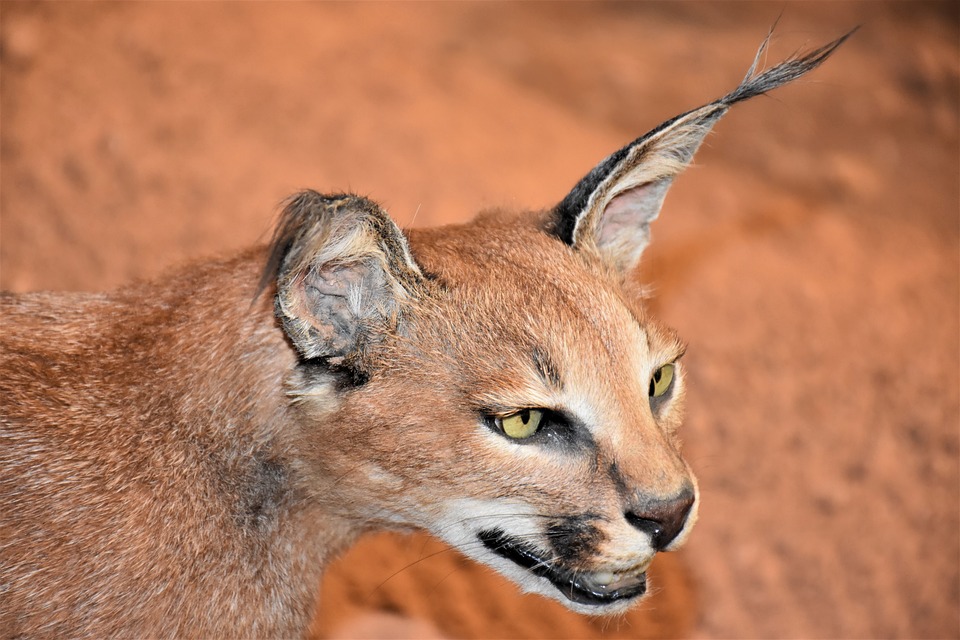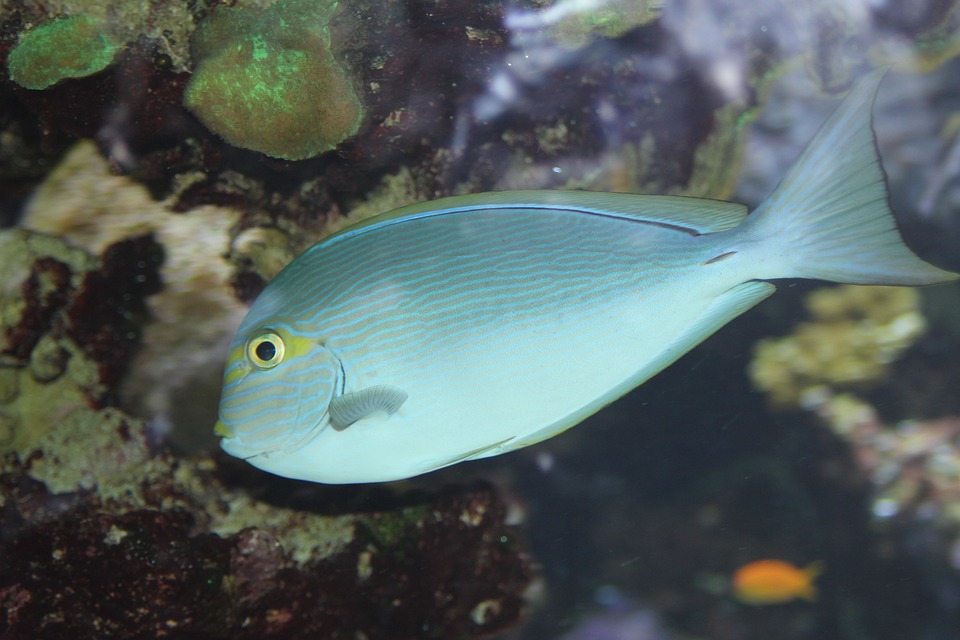Animal welfare is a complex and multifaceted issue that involves various factors contributing to the overall wellbeing of animals in a country. While the general concept of animal welfare may seem straightforward, measuring it is far more complicated. Efforts to identify the best and worst countries for animal welfare require a nuanced approach that takes into account a range of considerations.
One way to measure animal welfare is by looking at the total number of animals slaughtered in each country every year. This approach provides valuable information, as slaughtering animals is a significant factor in determining their welfare. However, this metric alone does not capture the full picture of animal welfare. Other factors, such as the living conditions of farm animals, the method of slaughter, and transportation to slaughterhouses, also play a crucial role in determining animal welfare.
In addition to industrialized agriculture, other practices like pollution, environmental degradation, cosmetics testing, illegal animal fights, and cruelty to pets can impact animal welfare but are not reflected in raw animal death statistics. Laws and regulations protecting animals in a country also influence animal welfare. The presence of laws that punish animal cruelty, regulate treatment in factory farms and slaughterhouses, and recognize animal sentience can improve animal welfare, while laws that enable mistreatment, such as ag-gag laws, can worsen it.
Religious and cultural attitudes towards animals can also affect animal welfare, but these attitudes are challenging to quantify and may not always align with actual behavior. To address the complexities of measuring animal welfare, organizations like Voiceless have developed hybrid approaches like the Voiceless Animal Cruelty Index (VACI). The VACI considers factors like the number of animals slaughtered per capita, meat and dairy consumption rates, and laws surrounding animal welfare to assess a country’s level of animal welfare.
The rankings provided by the VACI and the Animal Protection Index (API) offer insights into the best and worst countries for animal welfare. Countries like Tanzania, India, Kenya, and Nigeria rank high on the VACI for their treatment of animals, while countries like Australia, the United States, and Iran rank low. The API assigns letter grades to countries, with countries like Austria, Denmark, and the Netherlands receiving a „B“ for their treatment of animals, and countries like Iran and Azerbaijan receiving a „G,“ the lowest grade.
The discrepancies in rankings between the VACI and API highlight the complexities of measuring animal welfare. Factors like farming methods, meat consumption rates, and the enforcement of animal welfare laws all contribute to a country’s overall level of animal welfare. While some countries excel in certain areas, there is still room for improvement globally in promoting the wellbeing of animals. The rankings serve as a reminder that animal welfare is a multifaceted issue that requires ongoing attention and effort from governments, organizations, and individuals to ensure the humane treatment of animals worldwide.





